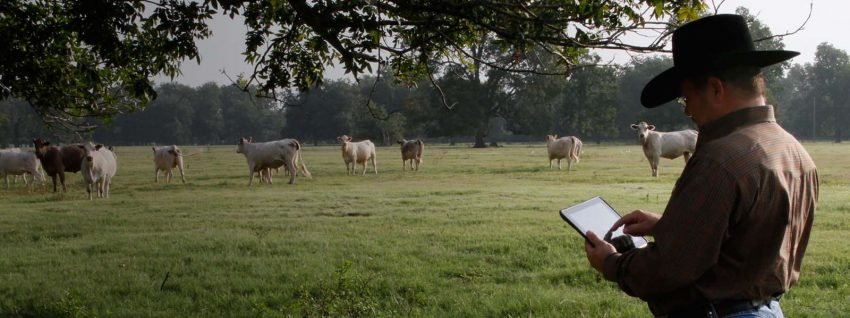Record keeping is one of those tasks that is dreaded by many cattle producers. In an industry where profit margins are tight, well-managed cattle record-keeping can make a huge difference.
To make livestock record keeping easy, many strategies and systems have been introduced. The most important step is to select the one for your business.
Cattle record-keeping systems must include some necessary elements. These bits of record will be beneficial no matter what type of system you are using, and they enable you to track the work progress and make important decisions about your business’s improvement.
You can choose to characterize your livestock into financial records and production records. If you have animals in a herd, keeping track of feed expenses and their species will become easier. Property expenses, labor, and marketing will also be included in financial records.
Keeping Record of Production will change from species to species. The items that should be included in production records are:
- Information about Animal: Date of birth and its age, identification, its breed, dam and sire.
- It’s Performance: Sire that it was bred to, dates of breeding, dates of parturition, progeny identification.
- Records of Production: milk produced (measured in pounds) for dairy animals, and ratios of weight from the dam to the calf.
- Records of Health: any health issues, illness or diseases, vaccinations, dental care, deworming, and hoof trimming. It is essential to record the name of the medication, its dosage, who administered, how much it was administered, and the location where it was injected, if it is being administered.
- Records of Feeding: It is essential to record the type of feed taken by animals such as grain, silage, hay, and supplements. Animal’s yearly performance can also be tracked. Keeping feed records can help you to make changes if the feed taken by the animal is affecting its performance or production.
What cattle records should be kept on the Ranch?
Total Beef Herd Performance
It is the combined growth and reproductive performance of each animal involved in the herd. This can help cattle producers to check the weaknesses and strengths of their animals. It can create a base for making plans for improvement of production and growth processes.
Total growth of all individuals in the herd:
The total growth of all animals is an essential element in analyzing the performance of the herd. It helps to understand what changes are required to improve the techniques that affect production and growth.
The number of open cows:
The future goals for the business are determined by the number of cows present in the herd that are yet to be bred. It helps cattle producers to plan efficiently.
Length of calving season:
Cattle production is affected by the length of calving sessions. This is the time where cattle producers must take the cattle to safe and clean grounds for secure and safe calving.
Death loss:
In cattle farming, death loss is nothing surprising. Death of animals might also help you to qualify for receiving benefits. Death loss statistics will also enable cattle producers to monitor their business’s performance.





